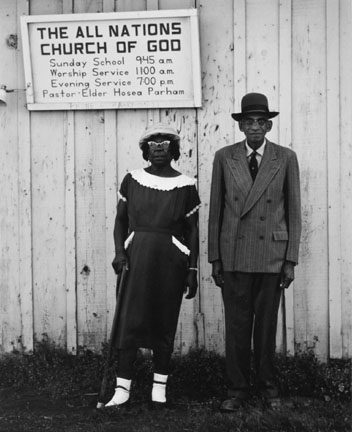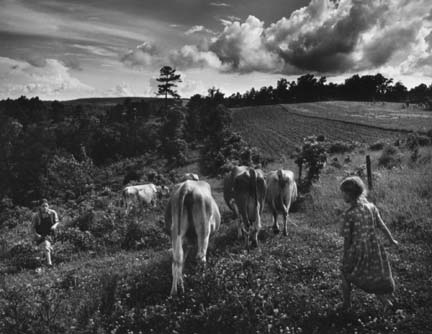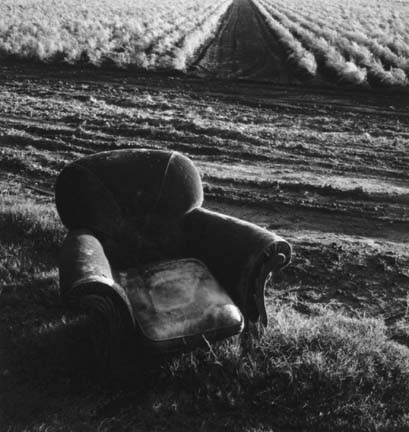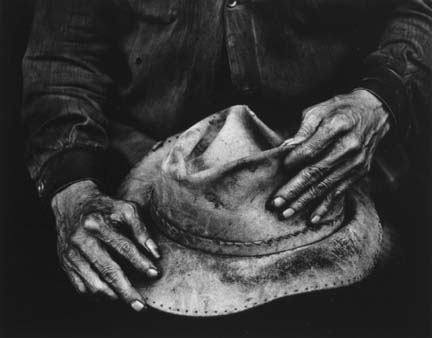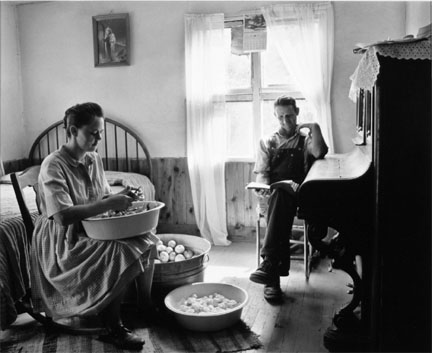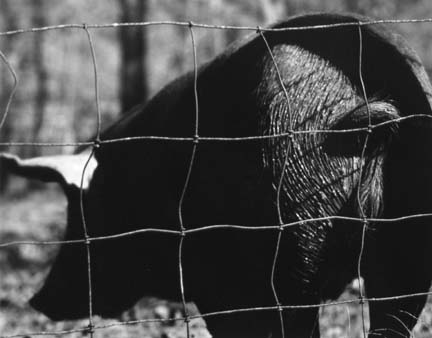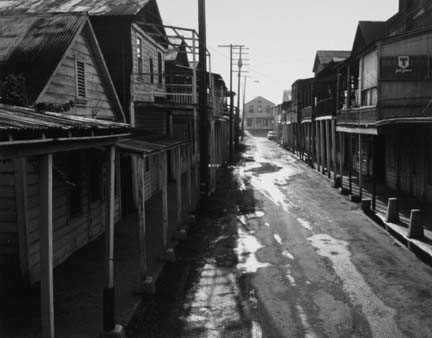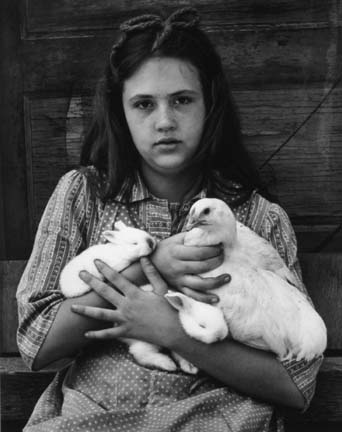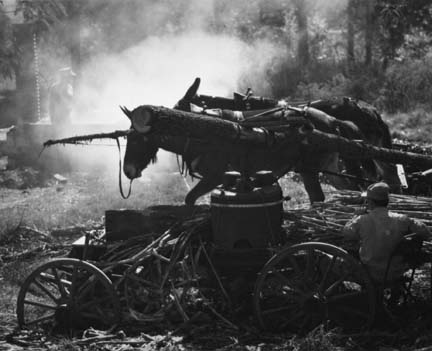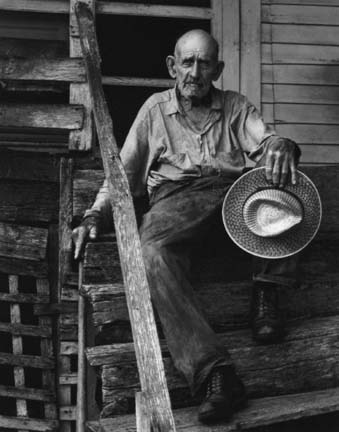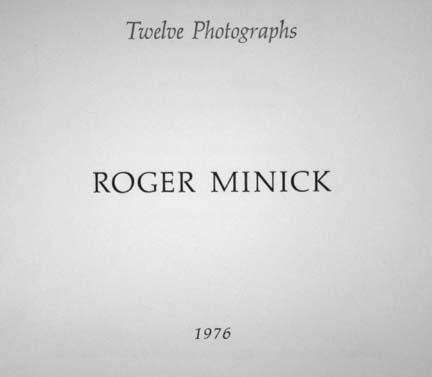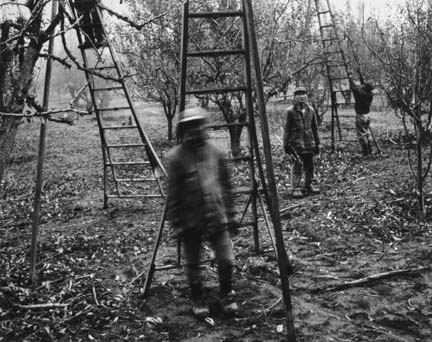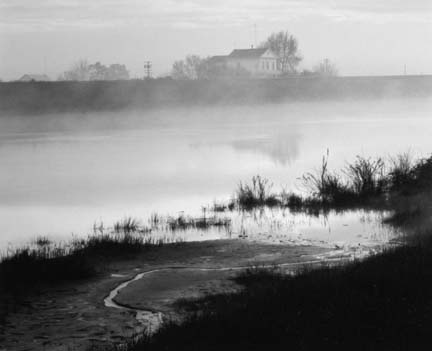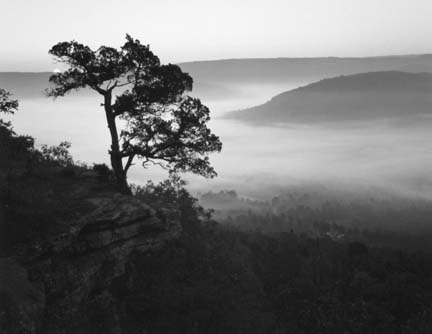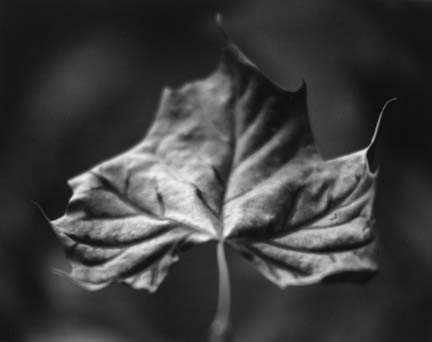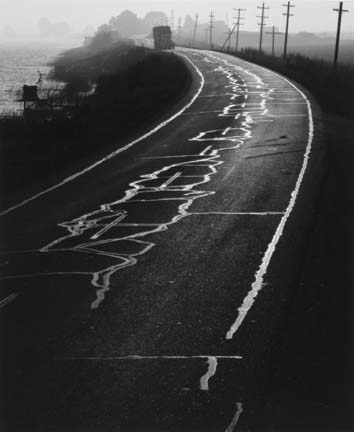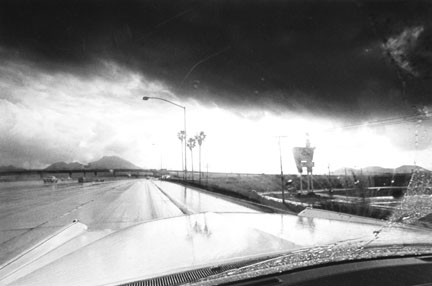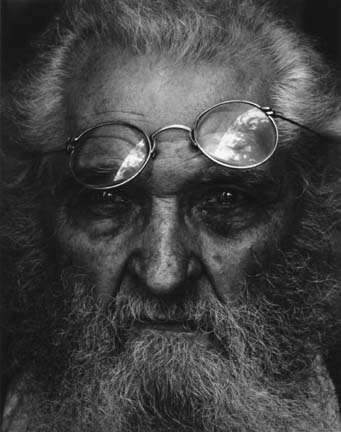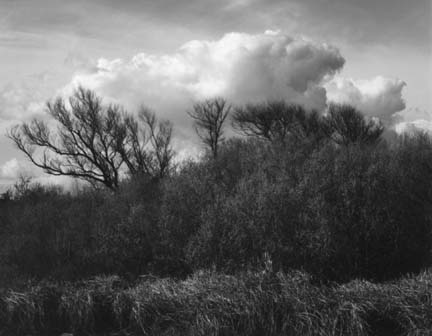About the Photographer
Minick, Roger
American, b. 1944
Lacking the toll money to cross the Carquinez Strait Bridge, Roger Minick first discovered California's Sacramento-San Joaquin River Delta in 1964 taking the long way back from Sacramento to Berkeley. His first pictures of the land and people of the region were made in the Fall of 1965, and a few months later he was seriously pursuing a series that would be published in 1969 as the book Delta West (which Minick also co-designed). The hilly topography, agricultural communities, and small towns of that region brought up memories of his childhood in Arkansas. Begun in 1970, Minick made a few survey trips to the rural Ozarks before settling in to live and photograph there for one year. His father helped guide him through the community, making introductions, as Minick photographed the land, the life, and one of the few young families to be found among the old-timers. A 1972 John Simon Guggenheim Memorial Fellowship allowed him to complete the project, published as the book Hills of Home. 1974 through 1976 was spent in Southern California where he photographed the urban landscape as part of The Southland Series.
The New California Views portfolio was assembled by Victor Landweber and produced in 1979. Its intent was to identify artists creating "remarkable new views of California … while relating their work to the image of California as one of photography's great and enduring themes." The portfolio included one picture each from 21 contemporary photographers then working in the Golden State. Artists with work in the portfolio include Jerry Burchard, Linda Connor, Joe Deal, Stephen Shore, Richard Misrach, Jack Welpott, and Henry Wessel, among others. The photographs represent a variety of processes and subject matter, and date from 1975 to 1979, with the exception of Garry Winogrand's picture from the 1960s. In her essay accompanying the portfolio, "New California Views: A Historical View," Therese Thau Heyman writes: "Let us notice then, in the present portfolio, that there continue reverberations of western photography's railroad heritage. With railway transposed to freeway, Roger Minick's contemporary vista still evokes the romance of mechanized travel as well as the horror of a paved-over world where nature has been reduced to distant mountains, non-indigenous palms, and motel signs."
In 1977, Minick became one of five photographers (along with Louis Carlos Bernal, Morrie Camhi, Abigail Heyman, and Neal Slavin) chosen to work on Espejo, a two-year National Endowment for the Arts Photo Survey project on the Mexican American community co-sponsored by the Mexican American Legal Defense and Educational Fund. His first color series was the Sightseer series, begun in 1980. The New Main Street, color pictures from shopping malls (1981-1985), and Perambulations, a loosely structured project that called for him to photograph wherever he happened to be with his camera (1987-1989), followed. While in graduate school (1984-1986), Minick began painting, and has continued to work with mixed media since.
Roger Minick was born in Ramona, Oklahoma on July 13, 1944. He earned his BA from the University of California, Berkeley and his MFA from the University of California. In his decades of teaching, Minick has been a professor of photography at the University of California Davis, San Francisco State University, Sacramento State University, San Francisco City College, and Academy of Art College in San Francisco. His work is the collections of J. Paul Getty Museum, Los Angeles; Los Angeles County Museum of Art; Metropolitan Museum of Art, New York; and Renwick Gallery, National Smithsonian Institution, Washington, D.C.; Center for Creative Photography, University of Arizona, Tucson; Harvard University, Fogg Art Museum, Cambridge, Massachusetts; Houston Museum of Fine Arts; Hunter Museum of Art, Chattanooga, Tennessee; Museum of Modern Art, New York; Oakland Museum, California; and San Francisco Museum of Modern Art.
